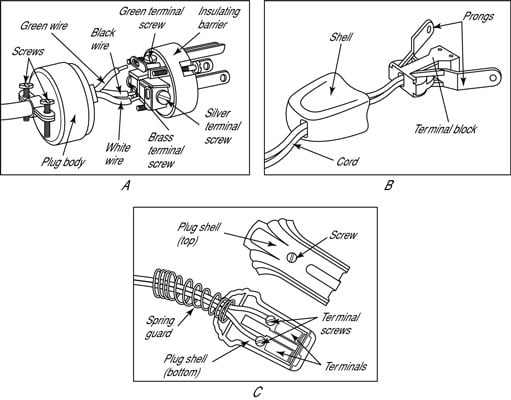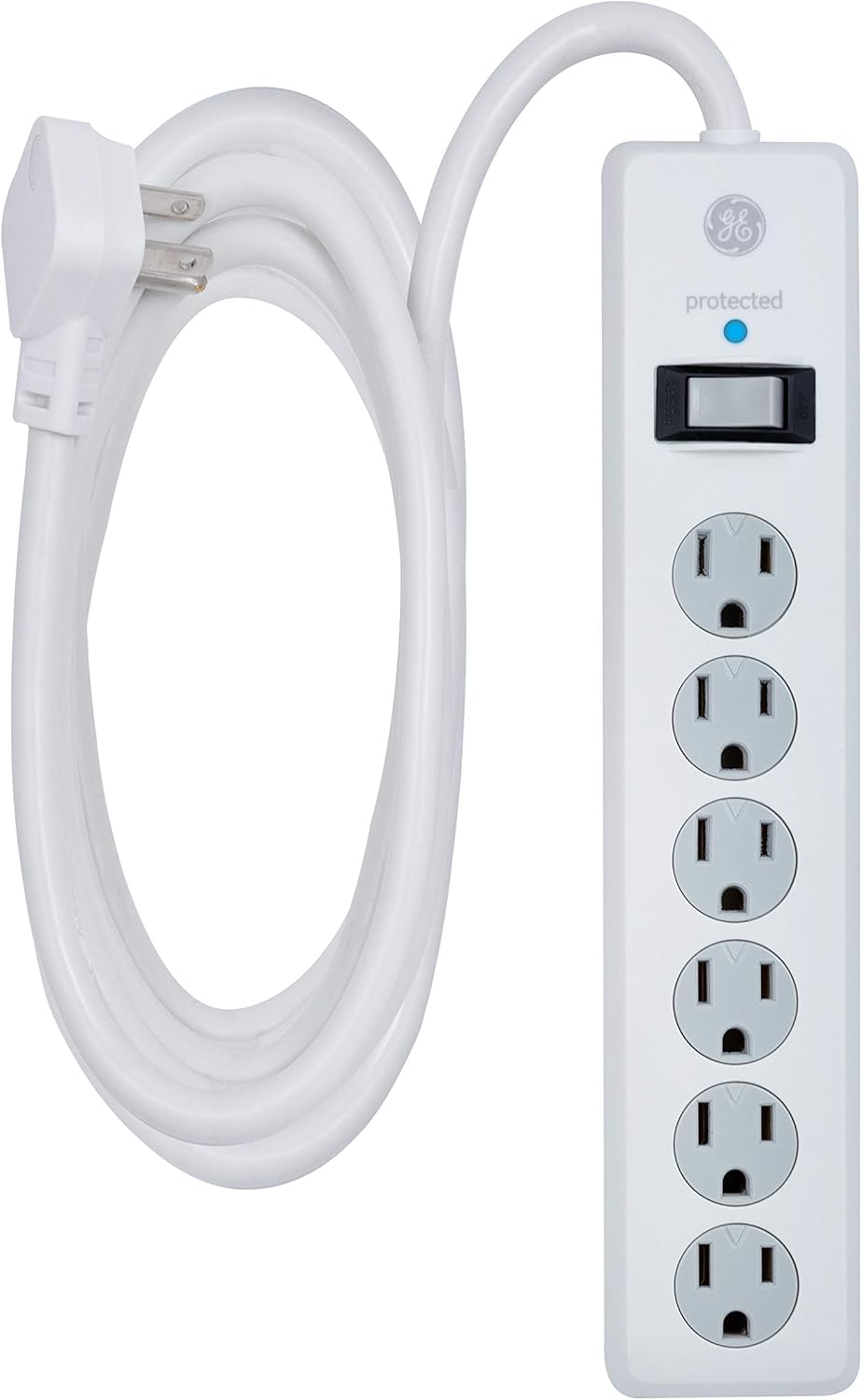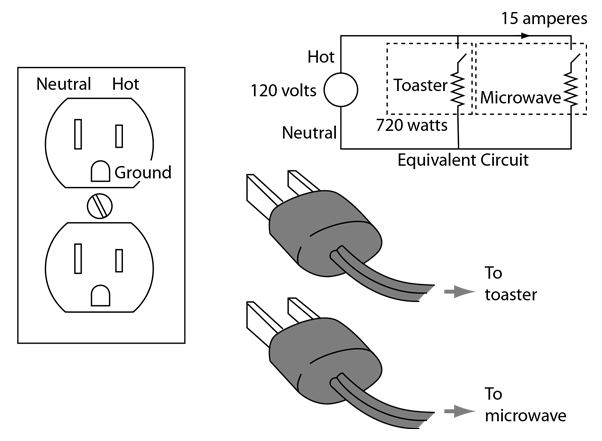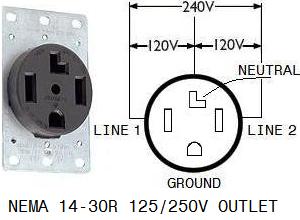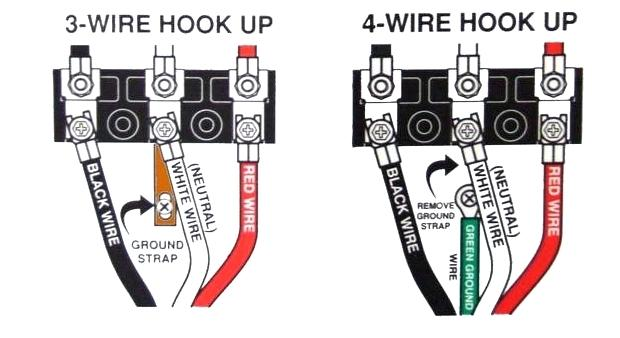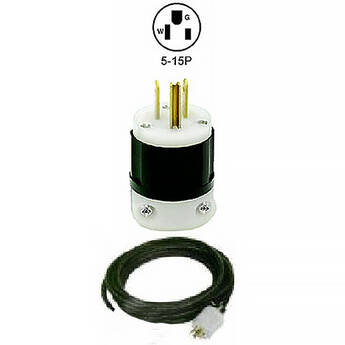The husky 12 ft. The larger prong connects to neutral.
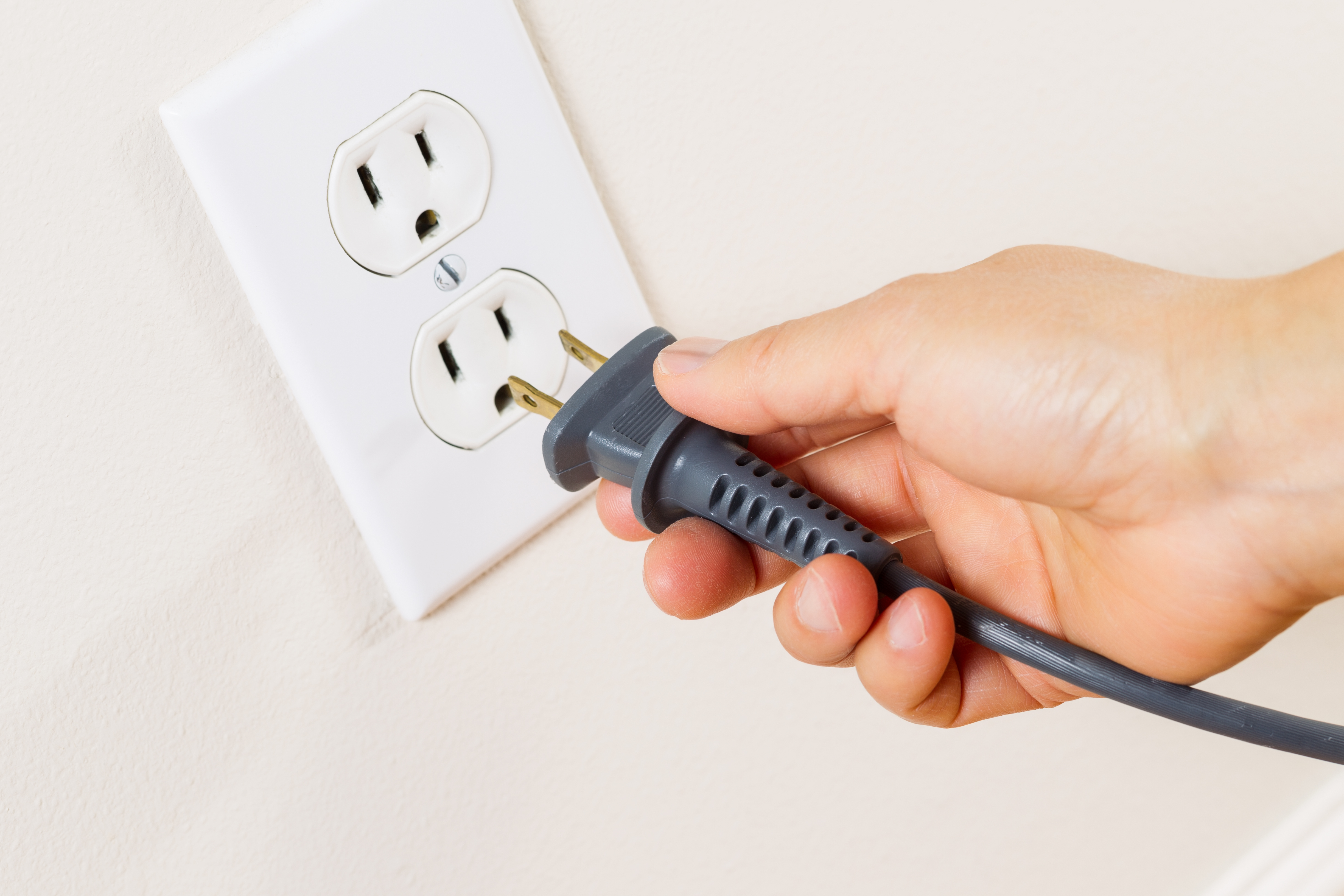
How To Tell The Negative On An Electrical Appliance Cord
2 prong extension cord wiring diagram. Wiring diagram extension cord. Heavy duty plugs attach to wiring by inserting the wire in the hole next to a screw. Wire the opposite end of a three wire extension cord in the same manner with a female plug. Run your fingers along the wire to determine which side has the ribbing. Make sure to choose a plug that is suited for the corda grounded three prong plug if the cord has a ground wire a two prong polarized plug for simple household extension cords etc. 162 black extension cord the husky 12 ft.
A 14 gauge cord is suitable for indoor appliances and indoor or outdoor lights. Feel the other wire which is smooth. Wire the opposite end of a three wire extension cord in the same manner with a female plug. Reassemble the replacement plug and tighten the screws holding it to the cord. Some three prong plugs are also polarized and when they are the same rule applies. This cord was made with vinyl jacket and molding plug.
To wire the iec jack cut off the receptacle side of your 3 or 6 extension cord and then separate the two wires now its time to hook up your electronics following. Note that a ribbed wire is usually the negative wire on an extension cord. When the screw is tightened on the side of the hole it draws the wire into the hole as a worm gear. Extension cords come in many forms as so do the replacement plugs used to fix them. To see if a cord is working properly plug it into a three prong receptacle. On a polarized grounded cord the smaller prong connects to hot and the semi rounded pin underneath the two prongs connects to ground.
A gauge cord is suitable for indoor appliances and indoor or outdoor. If you have a wire where both sides are the same color which is typically copper the strand that has a grooved texture is the negative wire. Three prong extension cords generally come in two wire gauges. 162 black extension cord is a light duty indoor extension cord for use with such devices as appliances and consumer electronics. I was reading 120v between the grounds of the two different outlets. On cords of this type the larger prong connects to the neutral wire.
Three prong extension cords generally come in two wire gauges. Twelve gauge cords have larger diameter wires and are suitable for heavier loads such as operating power tools. Then fit a plug in circuit tester onto the cords other end. One prong connects to the hot wire which is the live circuit wire and one connects to the neutral wire which is the one that completes the electrical circuit. Youll generally find the wire gauge marked on the cord sheathing or on the plug. The testers lights will indicate whether the wires are hooked up correctly and the cord is grounded.
12 and twelve gauge cords have larger diameter wires and are suitable for heavier loads such as operating power tools. Some 120 volt plugs have a third prong for grounding the appliances they serve and plugs for 240 volt appliances which require two hot wires have four prongs.







